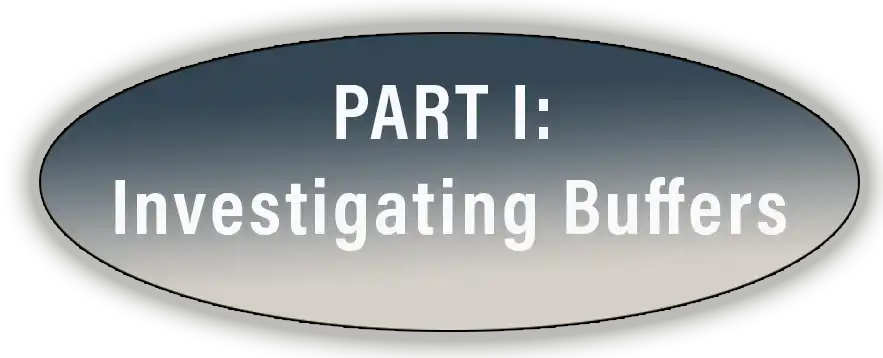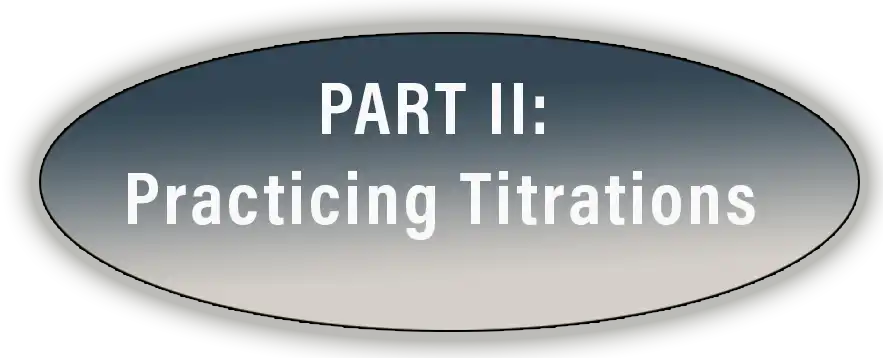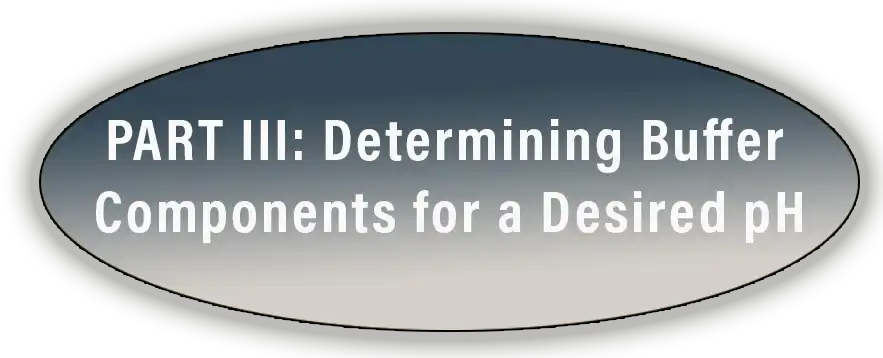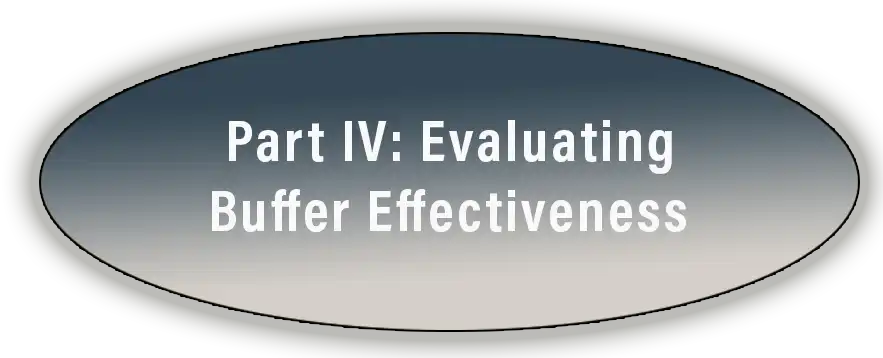Understanding, Making, and Using Buffers
This virtual lab activity includes four parts:
-
Investigating Buffers - Two short experiments to discover the properties of buffer solutions.
-
Practicing Titrations - A demonstration of the proper use of a burette system for titrations; including a detailed description, an instruction video, and formative assessment questions for each step of the procedure.
-
Determining Buffer Components for a Desired pH - A theoretical explanation of how buffers work and how they are made, including a derivation of the Henderson-Hasselbalch equation, followed by a Buffer Challenge.
-
Evaluating Buffer Effectiveness - The complete titration procedure used to investigate how well a buffer resists changes in pH. Data for 4 different Buffer Challenges is included.
STUDENTS: Click any of the links to begin your lab.
This four part virtual lab was created so that each part can stand alone as its own learning activity, or all four parts can be used as a complete unit for teaching buffers.
The buffers lab series can be completed totally online, or used as supplemental instruction for a wet lab in a chemistry laboratory.
Teachers should feel free to copy and modify any and all materials provided on this page.
This lab is an adaptation of AP Chemistry Lab Investigation 16: The Preparation and Testing of an Effective Buffer1.
TEACHERS:
Click here for PDF of Buffers Lab Teaching Guide
Teachers: Request an Answer KEY for all four lab activities in this "Understanding, Making, and Using Buffers" virtual lab.
1 - College Board. (2013). AP Chemistry Guided-Inquiry Experiments: Applying the Science Practices, Investigation 16 - The Preparation and Testing of an Effective Buffer: How Do Components Influence a Buffer's pH and Capacity? (p.137). College Board.
 |
 |
 |
 |
This lab was created with support from the Ren Research group at Purdue University with funding from the National Science Foundation grant NSF CHE 2102049.

